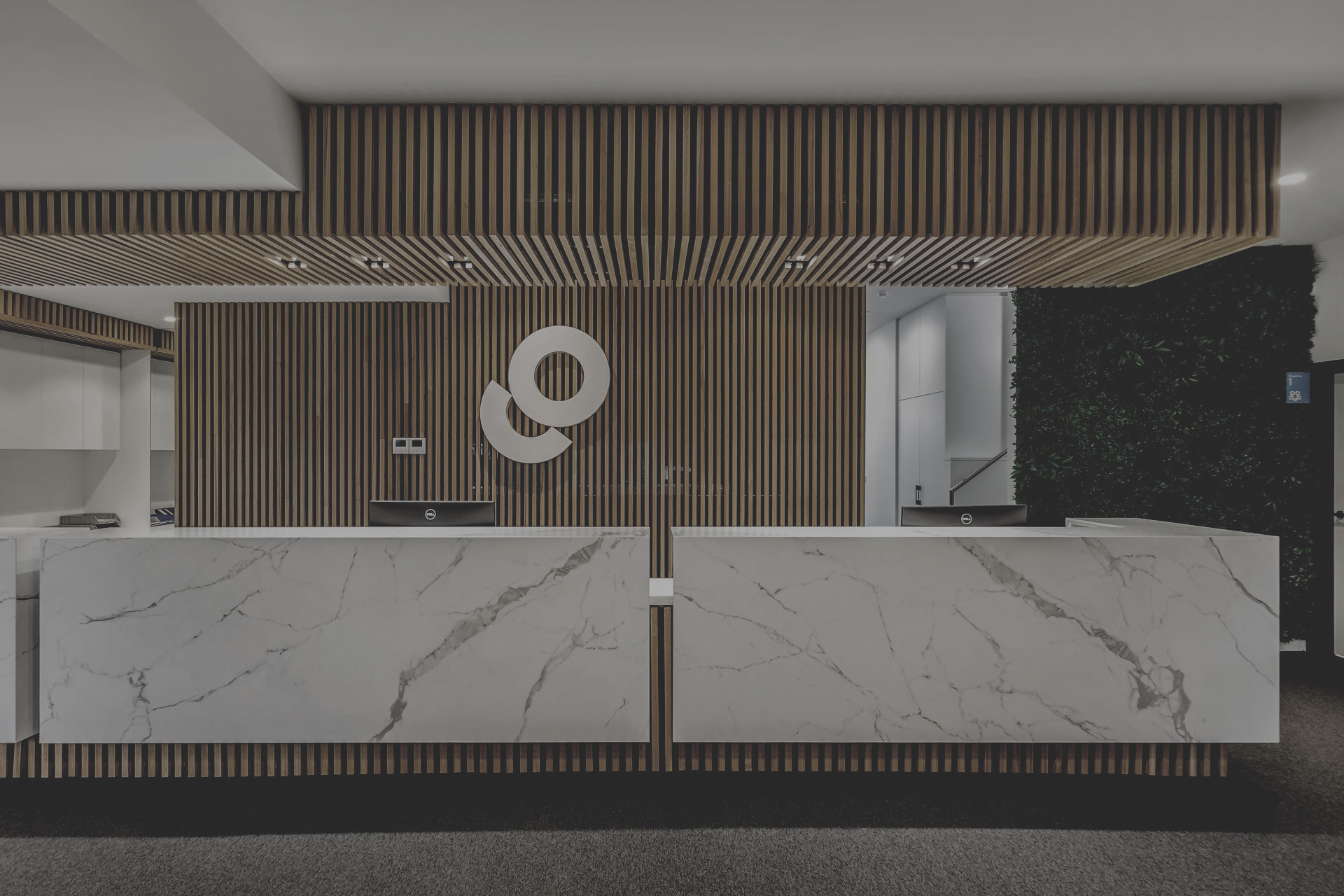New site coming soon!
Our new website will be coming soon! Watch this space!
Contact Us
info@chadortho.com.au
(03) 9568 3100
1286 Dandenong Road
Murrumbeena VIC 3163
Our new website will be coming soon! Watch this space!
info@chadortho.com.au
(03) 9568 3100
1286 Dandenong Road
Murrumbeena VIC 3163
